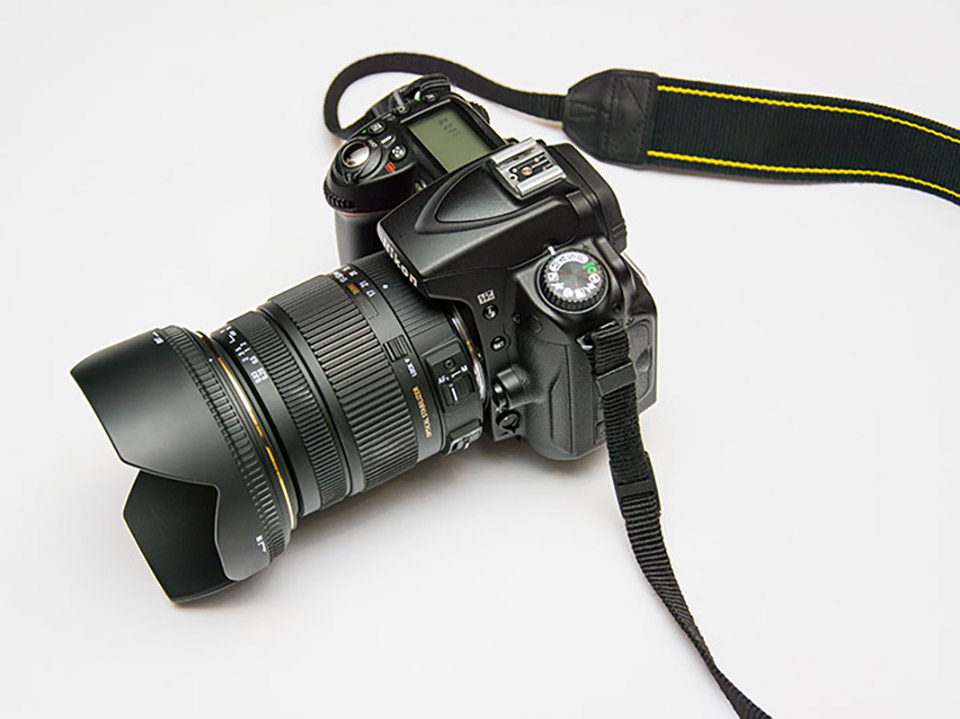
“Social Media” has changed our way of life. I saw a wonderful cartoon with a Maitre d’ saying to a couple, “Didn’t you like the food? You didn’t take any photographs!”
I am not in love with social media to be honest (or TBH), used by most media watchers to publicly profess private feelings, with a photo of lunch attached. It always makes me glad that Margie loves Mary and hugs to everyone and no, I didn’t write Amen.
However, there is one area where it is very difficult to beat what social media offers – and that is instant access to people’s opinions.
I use the analogy of buying a car. Many years ago I was in the market and these were the days BFB (Before Face Book) and I was looking for a way to canvas opinions by the owners of such vehicles. Every time I saw one parked at the side of the road, I would wait and when the owner arrived I would ask him whether it was a good car or otherwise. The poor man’s opinion poll.
So what has that got to do with your choice of camera? A lot. Now you can go on line asking for opinions on the latest DSLR and within 24 hours you will have your answer, or at least what the majority thinks.
However, before you even get to that stage you should be looking at what type of camera you should be buying for your type of photography.
I read a most interesting piece of research which came from the Sony people. According to the Sony survey, 72 percent of DSLR buyers use their cameras to “capture family memories and for fun.” A Box Brownie will do that.
Also, the greatest spur to buying a camera at a specific time is an imminent trip. These people are not going to do a crash course in serious photography before they take off, so the requirement of competent, fully automatic mode is reasonable. And wanting to get the best possible images is understandable. Then there is weight. Who wants to lug a conspicuous brick around Venice when a small compact system camera will do the job?
The compact camera section of the marketplace is certainly the most volatile. As Sony found, only 28 percent of camera buyers are going to go for the all-singing, all-dancing DSLR cameras.
One of the problems when comparing cameras with cameras is people tend to read the magic number called megapixels and conclude that it is the deciding parameter between brilliant, good and not so good. 24 megapixels is better than 12 which in turn better is than 4.
Whilst the above is partly true, it really does depend upon what you want to do with the end result. Are you going to be blowing it up to the size of a barn door, or will it be a 4R (6×4) at most? If you have been hired to produce photographs for billboards, then look at a camera with megapixels coming out its strap swivels. Otherwise, anything from six to 10 MP is more than adequate.
So what should you be looking for when buying a camera these (electronic) days? To start with, a fast autofocus. Instant zip-zip, not “pause for a second while I get myself ready and then zip”.
I also recommend inbuilt image stabilization. So many photographs are spoiled by camera movement producing ‘soft’ images that can be overcome with image stabilization electronics. And as a further small advantage, these types of systems are particularly good for the senior citizen photographer with in-built shake.
You should also look at the shutter speeds the camera is capable of. 1/2000th of a second should stop a railway train (in Thailand, not in Japan) and be sufficient for 99 percent of action photography. It is also advantageous if any proposed camera has a time exposure setting so you can take photographs at night, including fireworks.
Sony’s advice is right: if you are not serious about getting to grips with the functions of a DSLR then don’t buy one. On the other hand, if you are deadly serious about your photography, don’t buy anything else. And see what other photographers think.
 |
 |
 |





